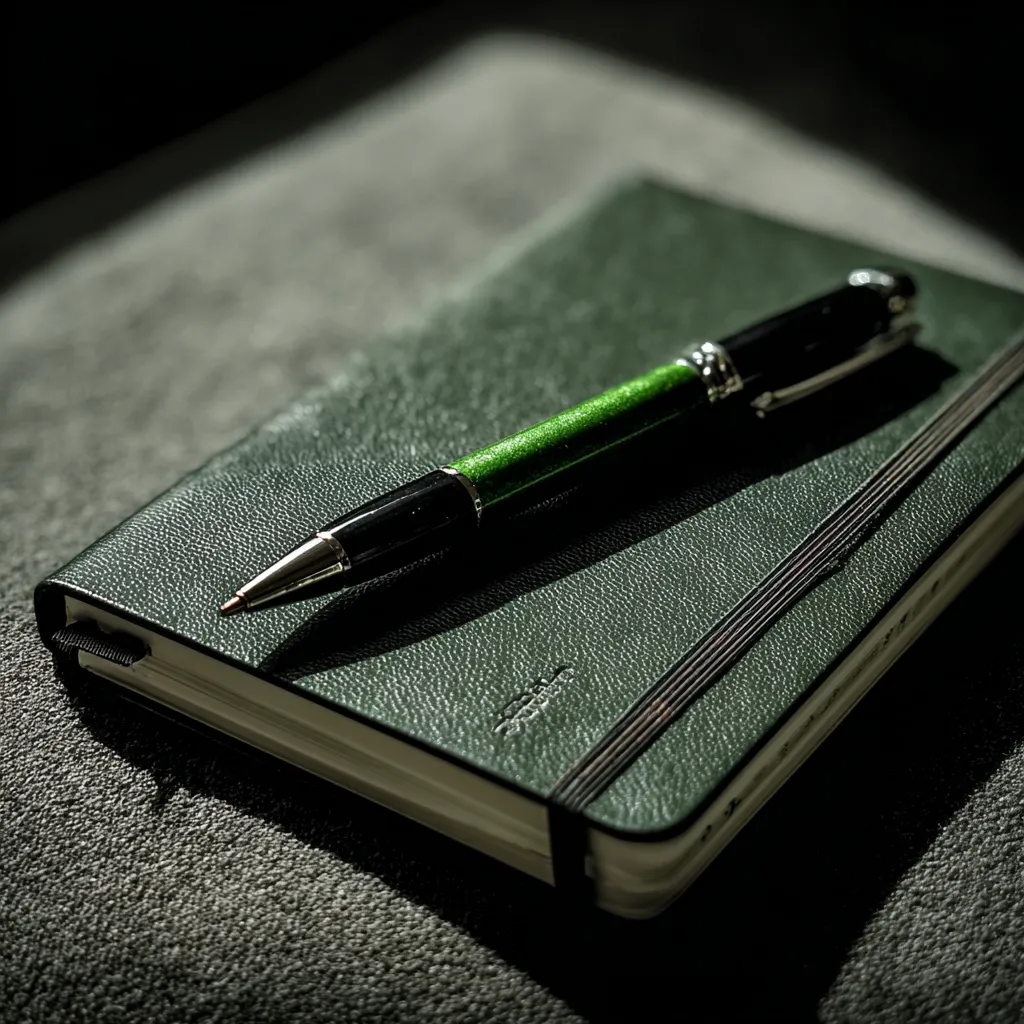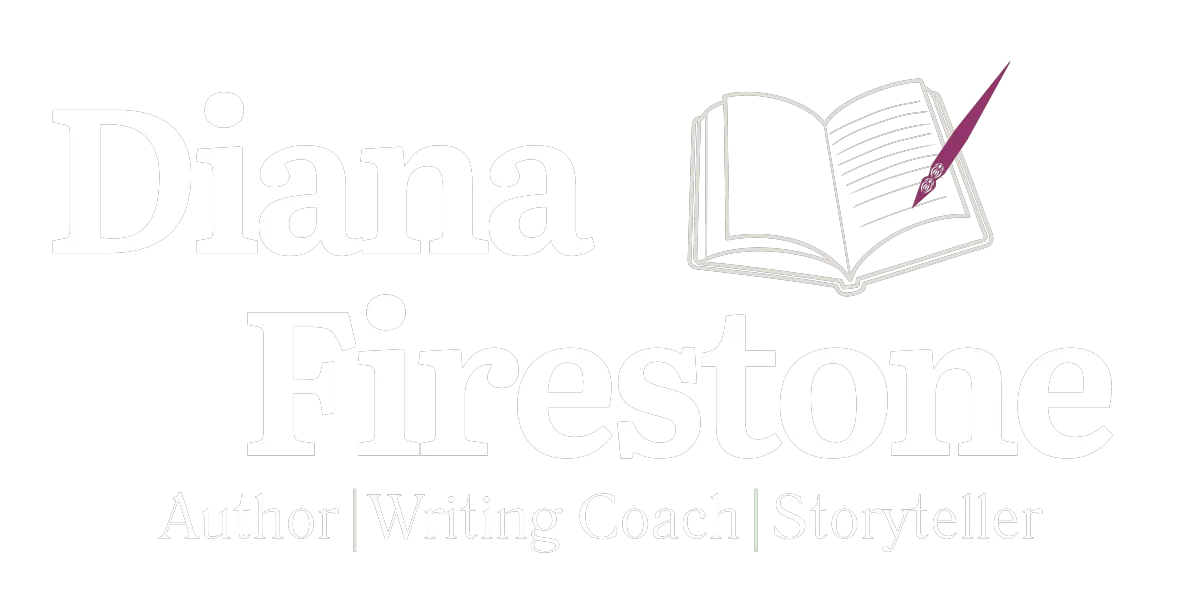Diana Tells Stories
A home for book lovers, storytellers, and anyone on a journey to find their voice. Here, you’ll find deep-dive storytelling reflections, poetry, book reviews, and writing tips
designed to inspire creativity and make writing feel less like a chore and more like an adventure.
A blog for storytellers...
Poetry, reflections, book reviews, and writing tips—because every story deserves to be told.

Cut Filler Without Killing Your Voice
Cut Filler Without Killing Your Voice
Raise your hand if you’ve ever fallen victim to “just,” “actually,” or that trusty old “very” when you needed an adjective. (Yes, mine’s up too.) We’ve all been there: drafting a scene that feels epic, only to realize later it reads like a soggy sponge, soaking up every extra word you can squish in. But here’s the secret: implementing a clear editing style and learning how to cut filler doesn’t have to turn your prose into bland, flavorless broth. It’s about sharpening the edges so your unique voice slices through.
Identify Your Personal "Padding" Patterns
“He slowly and carefully stepped into the dimly lit room, looking around slowly to make sure nobody was there.”
Sound familiar? As a writing coach, I see this all the time: writers relying on the same crutches—“that,” “just,” “really.”
Coaching Exercise (writing advice): Grab a 300-word excerpt. Read it out loud—yes, you’ll sound ridiculous—and highlight every repeated word or phrase. Then ask: Is this repetition adding nuance, or am I just padding?
Trimmed Version:
“He stepped into the dim room, glancing to ensure it was empty.”
Same scene. More impact. Zero sogginess
Swap Passive for Punch
Passive voice is the polite dinner guest who overstays their welcome—sweet at first, but eventually you just want them gone. Mastering active vs. passive voice is a crucial writing tip for more dynamic prose.
Coaching Exercise: Search for “was + by” or “is + by” in your document. Those sentences are begging for a makeover. Rewrite them in active voice, then compare. You might just wake your readers up.
Before: “The plan was devised by the committee last month.”
After: “Last month, the committee devised the plan.”
Active verbs sneakily boost word count—fewer words, more action.
Reverse Reading
A classic proofreading technique: read each sentence backward (from the last word to the first). This trick forces your brain to focus on individual words and punctuation instead of getting lost in meaning.
Why It Works:
Isolates Typos: Since you’re not following narrative flow, missing or repeated words jump out.
Slows You Down: You can’t skim; you have to process each word.
How to Do It:
Use a Printed Page or a Digital Split Screen: Either works.
Start at the Bottom: Begin with the last sentence of the page.
Read Word by Word, Backward: For example, take:
“The old oak tree creaked in the wind.”
You’d read: “wind. the in creaked tree oak old the.”Mark Typos and Punctuation Issues: If you see “wind.” missing a period or “treeo” joined, it’s obvious.
Example:
Original Sentence: “Her eyes shimmered, gleamed in the moon light.”
Reverse Read: “light moon the in gleamed ,shimmered eyes Her.”
Catch: Extra space in “moon light” (should be “moonlight”) and an extraneous comma.
Revision: “Her eyes shimmered, gleamed in the moonlight.”
Pro Tip:
When you reverse-read, highlight or underline in a different color each time you catch a typo, so you can see if certain mistakes repeat (e.g., always missing hyphens, or mixing “it’s” vs. “its”).
Trim Adjectives & Adverbs That Don't Pull Their Weight
We all love a juicy modifier when we’re feeling dramatic. But let’s be honest: walking slowly across a large room isn’t nearly as vivid as “She crossed the room.”
Coaching Exercise: Find a paragraph dripping with descriptors. Remove each one and read both versions aloud. Which one feels alive?
Before: “She quietly tiptoed through the eerily silent hallway.”
After: “She tiptoed down the silent hallway.”
You’ll still get the creep factor—no “eerily” required.
Streamline Dialogue to Its Core Purpose
Ever read dialogue that felt like two people on the phone, stalling their exit? That’s filler. Use these edit dialoguestrategies to keep conversations tight.
Coaching Exercise: Label each line as Character, Plot, or Filler. If it’s filler, ask: Does this line reveal something essential? If the answer is no, cut it.
Before:
Sarah: “Well, I guess we could’ve talked earlier, but I didn’t want to bother you while you were busy.”
John: “You know I always have time for you.”
After:
Sarah: “You never said anything.”
John: “I would’ve listened.”
Tighter. Sharper. Zero rambling.
Embrace White Space as a Reader's Ally
As someone who started as a poet, I learned early on that what’s left unsaid often carries more weight than the words on the page. In poetry, a single line break can echo a silence, let a moment linger, or give a heavy phrase room to resonate. When I shifted into fiction and longer forms, I brought that same mindset: white space isn’t empty—it’s charged.
Poetic Pause: In a poem, I’ll often end a stanza on a single, stark image—then let the next line break do the talking. That pause makes the reader supply their own breath, their own heartbeat.
Translating to Prose: In a novel or short story, you can use extra line breaks between paragraphs or even within a scene to replicate that sense of pause. Maybe a character’s heart is racing—rather than writing “She paused, her heart pounding,” you break after the name, then start the next paragraph with “Her heart pounded.” The white space between mirrors the character’s own gasping breath.
Dialogue Beats: Instead of adding “she hesitated” or “he swallowed hard,” insert a blank line or an action beat. That silent beat on the page feels more natural than a dialogue tag overloaded with internal monologue.
Scene Shifts: When you need the reader to catch up—when time has passed or the point of view shifts—white space signals “take a breath.” It avoids awkward summary dumps.
Practice This:
Take a narrative paragraph and experiment with carving out a mid-scene break. Notice how the spacing on the page changes the reading experience. Does it slow the pace in a way that builds tension? Does it let moments land more fully?
By honoring my poet’s instinct for silence, I’ve taught my prose to breathe. And once you start treating white space as meaningful space, your longer work will have the same impact as a carefully crafted poem—every gap, every pause, becomes part of the story you’re telling.
Commit to Ruthless Self-Editing
Editing is therapy—if your therapist wielded a chainsaw. Here’s how I channel my inner drill sergeant and slice with precision:
The 15-Minute Filler Hunt: Set a timer. Print a hard copy. Circle any sentence that feels “flabby.” You’ll be amazed how much filler you spot when you commit to this mini marathon.
Read Backward, Word by Word: Sounds insane, right? But reading in reverse forces your brain out of narrative mode and focuses on each word. You’ll catch tiny redundancies and rogue modifiers you’d otherwise skip.
Adopt the “So What?” Test: After every sentence, ask, “So what?” If it doesn’t deepen character, advance plot, or reveal theme, it’s dead weight.
Get an Accountability Buddy: Trade pages with another writer. Their fresh eyes will spot your secret crutches—your “this moment” or “her face” overuses that have become invisible to you.
Version Control: Label each draft: “Draft 1 – Glorious,” “Draft 2 – Reality Check,” “Draft 3 – Butchered.” Knowing you can always roll back gives you freedom to cut without fear.
It’ll sting—like downhill skiing in a swimsuit—but that’s exactly when you know you’re doing it right. Because on the other side of that sting is prose that’s leaner, sharper, and unapologetically you.
Your Challenge This Week:
Pick one scene and trim 10–15% of its word count. Not a line-by-line massacre—an honest slimming. Then read it aloud. Feel that clarity? That’s your authentic voice, unmasked and unapologetic.
Now go forth and cut! Your readers—and your inner editor—will thank you. And don't forget to tag me in your edits @Diana_tells_stories!
Happy editing!
🖤 Diana
📌 Follow my journey & get exclusive writing resources:
🔗 Join my newsletter
📚 Explore my resources
📖 Follow me on Instagram
Every story starts with a single word. Make yours unforgettable.
Ink Between the Lines
Get your monthly fix of flash fiction, spicy writing tips, and prompts that’ll actually get you writing (instead of scrolling through TikTok for hours). Expect exclusive stories, all the inspiration you need, and just enough sass to make you question your life choices—and your character's, too. Oh, and yes, there will be terrible puns.
Sign Up and Let’s Get Writing!
(Warning: Coffee addiction may be encouraged, but not required!)
All Rights Reserved 2025 - www.dianafirestone.com - Terms & Conditions


